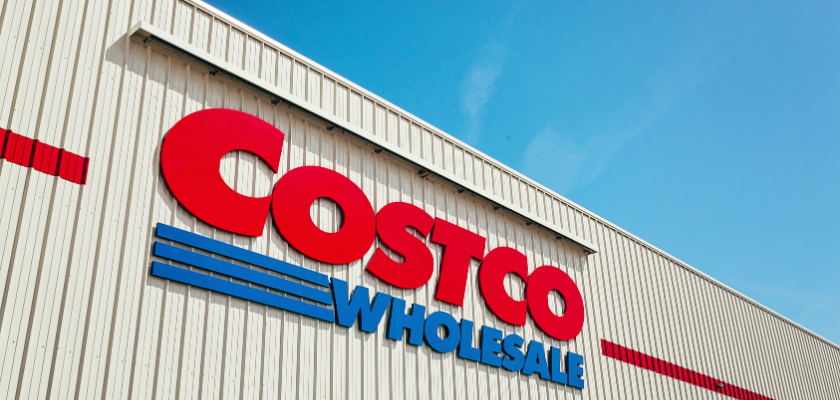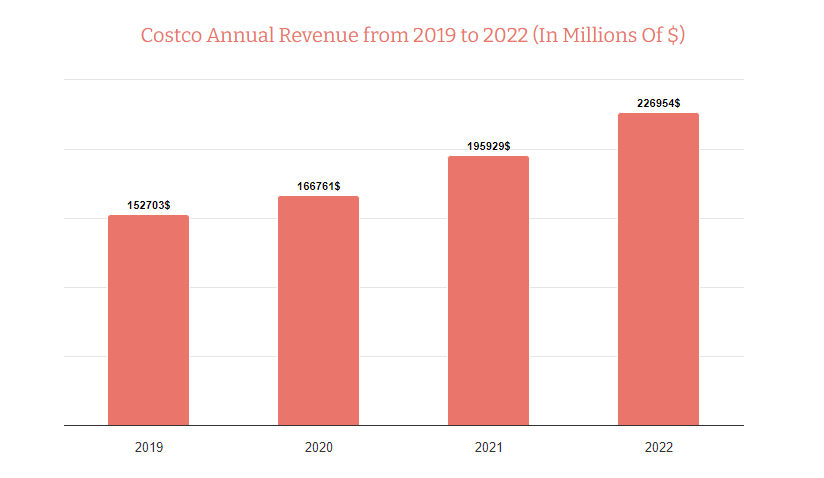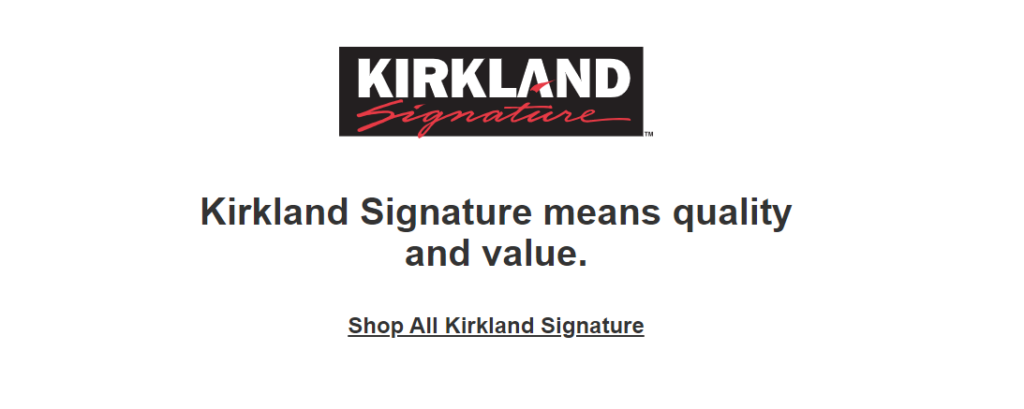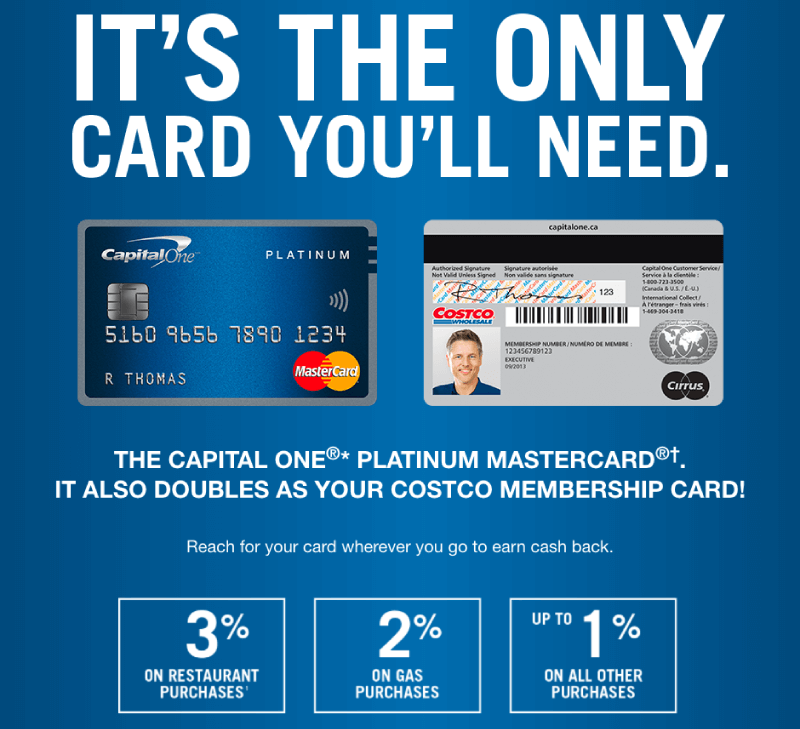

Costco’s annual revenue for the first 8 months of 2023 is $242.29B, which is 6.76% more than the last year. So, is it the Costco digital marketing strategy or the bulk-selling that’s doing wonders for the company?
Since Costco’s first warehouse store opened in 1983, it has continued to embody “Low price, high quality” through numerous strategic campaigns and marketing strategies. So, the answer to the question lies in closely studying the Costco market strategy.
Learning about its strategies, however, is step 2.
Understanding its business model, of which these strategies are a part, is the first step.
Let’s explore what Costco does for the sake of marketing success!
While Costco successfully sells the idea of being a “budget-friendly” store to attract customers and implement it, it isn’t why the store has over 123 million active members. The reason lies within its business model.
Costco’s business model benefits three entities:
The cumulative result of these three entities benefiting from the model results in Costco’s revenue growth.

The retail recipe of Costco goes against the grain as it urges its customers to visit the stores while most retail businesses are going digital. Making its customers visit the store, however, is exactly why it stands solid in the market.
Let’s break down all aspects of Costco’s business model:
For a customer to purchase at the Costco store, they need to be a member, which creates a loyal customer base. The company offers varying levels of membership for individual customers and business membership for small businesses, each adding value.
Costco uses just-in-time inventory, minimizing excess inventory and storage costs. This tight control over its supply chain lets it pass on the operational cost savings to its customers through lower prices.
Kirkland Signature is Costco’s private-label product offering brand alongside other regional brands. Products from this brand offer higher margins, improving profitability for the company.
The store could be more visually attractive per se; however, since it has a warehouse-like appearance, it keeps the operating costs low, offering its customers the benefit of low prices.
69% of Costco employees say they’re excited to go to work each day. (Wow!)
The company strongly believes that taking good care of employees results in excellent customer satisfaction. So, it offers multiple yearly bonuses along with other perks!
Costco has continued to expand its online presence, letting members shop online and get products delivered to their doorsteps. All they need is Costco’s digital shopping card.
The hows of this model is in the understanding of the 4Ps of Costco’s marketing mix strategy.
The Costco marketing mix wows its customers and investors. With high-quality products at low prices, it lures its customers, and with a sustainable business model, it invites new investors willing to invest in a stable model.
To understand how it keeps both parties happy, take a look at the Costco marketing strategy, starting with pricing.
When looking at Walmart’s marketing strategies, we find that its pricing model is similar to that of Costco: low prices on high-volume purchases.
However, the perks a Costco member gets as part of being a member of the Costco club differ from those of a Walmart customer.
People who subscribe to any of Costco’s subscription plans can avail of special discounts and prices on the goods.
Delivering the best products while maintaining profitability is what makes Costco’s product strategy unique.
As one of the top retail chain brands in the U.S., the company offers an array of product offerings as per customer needs:
Costco also has its own food court and offers perishable items such as dairy, fruits and vegetables, etc., making it a go-to store for everyday essentials.
Here’s what you should take away from the strategy:
Although Costco’s former competitor was based in California, Costco has its headquarters for worldwide operations in Washington. As of August 2023, the company has 859 locations globally, with a small presence in Taiwan, the UK, Mexico, Japan, Australia, South Korea, and Spain.
Costco focuses on managing its warehouse stores spread across these locations with a strategic distribution strategy.
Costco isn’t exactly a retail giant that’s thrifty with advertising budgets, as the Costco marketing strategy revolves around offering high-quality products to value-conscious consumers.
While it promotes heavy discount promotions and coupons on luxury items offline, it leverages social media platforms to promote its sales and discount schemes with targeted advertising.
Now that we know the Costco marketing mix, let’s dig deeper into its digital marketing strategies.
Reaching out to digital marketing agencies to devise effective strategies is smart; however, analyzing and learning from Costco’s digital marketing strategies is smart and cost-effective!
Let’s unveil its membership model to start with.
In 2022, the global membership fee revenue of Costco amounted to 4.22 billion U.S. dollars. Evidently, the signature membership is at the heart of Costco’s marketing strategy.
Costco primarily offers two types of membership:
By requiring customers to pay annual fees to access discounted prices, Costco generates a major portion of its revenue from membership charges. This way, customers receive substantial savings on bulk purchases.
Costco relies on targeted direct mail to attract new customers and personalized coupons to encourage repeat purchases.

Since the brand’s inception in 1995, Kirkland Signature has become a household name for all Costco members.
The brand’s products span across clothing, household essentials, groceries, and more. A member is certain to find something in every department and, most importantly, at prices lower than other national brands.
The Costco digital marketing strategy leans heavily on innovation and data. Launching an in-house brand was simply the next obvious step for Costco after serving a customer base accounting for millions.

A few pointers for you to take note of:
Through the launch of this brand, Costco instigates customer loyalty while also enjoying sustainable profitability!
The journey for Costco, from getting customers to getting loyal customers, is no easy feat.
A brand campaign or strategy that sticks with its customers adds value beyond its regular services. Costco members benefit from more than just their Costco shopping cards when buying products.
Cash prices, reward points on credit cards or planning a vacation make the lives of its members easy and more fun!
For example, Costco Travel has special prices for rental cars, guided group trips and cruises, and domestic and international vacations.
Plus, it compliments its product offering with a branded credit card that offers:

Such financial and travel perks, accompanied by Ott and gym subscriptions, give Costco an edge over its competitors. More importantly, it makes its customers happy. And happy customers are likely loyal customers too!
Conclusion
Costco, being one of the top five retailers in terms of revenue generation, emphasizes how innovative retail strategies hold the power to reshape the industry.
Its consistent effort to put quality over aesthetics and align with today’s consumer needs showcases its customer-centric approach. While the membership model is the highest contributor to sustained revenue growth, value-added services and the wholesome in-store shopping experience it gives to its customers solidify its position in the market.
Use these strategies as inspiration, or reach out to retail marketing agencies for more guidance. Eventually, it’s about finding things that make your customers tick and implementing strategies to keep giving them that!